 Robert L. Downing (1894) Robert L. Downing (1894) Mount Olivet Cemetery serves home to thousands of interred people. They have come from all walks of life and socio-economic backgrounds. And certainly not all are native Frederick Countians. I was surprised to find out last fall that we have an outstanding former actor in our midst. This gentleman was not the recipient of an Oscar, Emmy or Tony award, but in his defense, his “acting” days predated 1929—the inaugural Academy of Motion Picture Arts & Sciences awards ceremony at the Hotel Roosevelt in Los Angeles. Newspapers of early October, 1944 announced the death Robert L. Downing, sparking recollections of a bona-fide superstar of stage productions several decades earlier. Once the object of standing ovations from audience-packed theaters throughout the country, Mr. Downing would pass quietly in his home located on S. Jefferson Street in Middletown, Maryland. The once famous actor, commonly known as “America’s Tragedian,” had moved here in 1936 upon the occasion of his fourth marriage to Mary Shafer Jones. His life on-stage and off, can be succinctly described by one word—"dramatic."  Ford's Theater, Washington, DC (c. 1865) Ford's Theater, Washington, DC (c. 1865) Early Life Robert Lindley Downing came into this world on October 28th, 1857 in Washington, DC. He was the son of Robert, Sr. and Malinda Downing. His father was a master carpenter, and operated one of the leading architectural and building firms in the city. He would also serve as vice president of the District of Columbia Building and Loan Association in the 1870’s. Son Robert was the oldest of seven children, all of whom enjoyed a privileged and cultured upbringing, while attending fine schools. Robert’s earliest childhood memories were painted with news and scenes associated with the American Civil War. Washington, DC was an important backdrop and potential target throughout the four-year conflict. It suddenly became “center-stage,” literally and figuratively, as the site of one of the worst tragedies in our country’s history in April, 1865. President Abraham Lincoln was assassinated by an actor, while watching a performance at Ford’s Theater. Robert Downing was seven years-old at the time. Interestingly, dramatic moments at this location, along with a relationship with proprietor John T. Ford would have a profound effect on his life. At 18 years-old, young Robert sidestepped a career in the family building business, for the chance to act on a stage. His parents supposedly were adverse to this decision at first, but eased in seeing his true passion for the trade. Downing worked hard, took advantage of family contacts and regularly commuted between the nation’s capital and nearby Baltimore to work for prominent theater manager John T. Ford. He became a member of the stock company at Ford’s Grand Opera House, Baltimore—one of several locations now managed by Ford.  Advertisement from the Washington Evening Star (September 27, 1876) Advertisement from the Washington Evening Star (September 27, 1876) A Star is Born Robert L. Downing’s first performance of consequence was the stage adaptation of Uncle Tom’s Cabin, in which he played the role of George Harris, the young white man who befriends Uncle Tom. What followed this endeavor was five years of stock company playing. He then began associations with the top actors of the day including Charles Fechter and John McCullough. Downing would find himself traveling the country and cast for additional strong supporting roles in Shakespearian masterpieces. He worked alongside Edwin Booth, Maryland native and considered by many theatrical historians to be the greatest actor of the 19th century, a fact often overshadowed by his brother ( John Wilkes Booth) being the assassin of Abraham Lincoln. Robert L. Downing played the role of Brutus, (and later, Marc Anthony) in “Julius Caesar." He would follow by portraying Romeo opposite English-born Mary Anderson, one of the most popular actresses of the age in “Romeo and Juliet.” In 1881, Downing made his New York debut with Miss Anderson as Claude Melnotte in the melodrama “Lady of Lyons” performed for a six-week engagement at the Fifth Avenue Theater. He was on the rise and would continue spending the next few years with Anderson, followed by a stint with Joseph Jefferson(1829-1905), considered one of the leading comedic actors of the 1800’s.  A time for both Comedy/Tragedy masks The year 1884 was an eventful year for Robert L. Downing, both personally and professionally. He married Mary Emma Millspaugh of Vermont, and the couple soon found themselves expecting a child, with a due date expected in March the following year. At the same time, author Joaquin Miller was completing a three-act play specifically designed for Downing to play his first-ever lead role. Entitled “Tally-Ho,” this was the story of Horace Greeley’s trip west across the Sierra Mountains with the production’s hero embodied in stage coach driver “Hank Monk,” played by Downing. The premiere of “Tally-Ho” would take place in Downing’s hometown of Washington, DC on March 16th, 1885. The engagement was promoted heavily in local papers and friends, near and far, came to see their native son take center stage at legendary Ford’s Theater. It was also a slight departure for Downing to try his hand at comedy in this melodrama. What an amazing time for Robert as he became a father earlier in the month with the birth of a daughter who would be named Minnie Roberta. Sadly the successes of March and the launch of “Tally-Ho” would be eclipsed by the death of Mary Emma Downing on April 1st, most likely from complications related to childbirth just weeks before. This adversity certainly challenged “America’s Tragedian,” but he seemed to use it to further strengthen his drive to succeed. During this time, his career was being carefully watched by some of the most successful producers of the day. One of these was Joseph H. Mack, who at first took a friendly interest in the young actor. He soon came up with the idea of recruiting Robert Downing for the starring role for an elaborate production of “Spartacus, the Gladiator.” Mack’s production debuted in New York at the Star Theater in 1886. The ancient Roman themed-stage play would become an audience favorite across America, propelling Downing to new heights. Over his career, he would perform the role of Spartacus over 3,000 times. For the next two decades, Downing would remain one of the kings of Broadway, starring under his own management and playing roles such as Virginius, Othello, Marc Anthony, Ingomar, Damon and other heroic roles. An entertainment magazine of the day exclaimed: “He (Downing) has become a popular favorite, and a worthy successor to the great exemplars who have immortalized themselves in the portrayal of these forceful characters.”  Eugenie Blair (1864-1922) Eugenie Blair (1864-1922) Robert L. Downing found love again in 1888 as he married a co-star—the celebrated actress Eugenie Blair. The couple wed, but the marriage would last only a decade. In time they would live more apart than together, both balancing the rigors of professional schedule and daughters from respective previous marriages. Typical of many celebrity relationships of today, things went south and scandal and public intrigue soon followed. Downing claimed that Blair had deserted him in 1898, and sued for divorce in August 1901. It came to fruition later that year. At this time, he was spending a great deal of his time residing on the West Coast, and in particular, San Francisco. He opened an acting school and was attempting to further the career of daughter Minnie with an entrée into show business. “Head East, Middle-Aged Man” Robert would return back east and focused his efforts on growing his drama school in his old hometown. On April, 21st, 1902, Downing made his first theatrical appearance in Frederick. This was a performance of his legendary “Spartacus, the Gladiator” stage play, which would be performed at the City Opera House on N. Market Street. While in DC, Downing found love once again—this time with a divorced socialite named Helene Kirkpatrick. Kirkpatrick was a noted musician who hailed from Louisiana. They married in late March, 1904. The Downings split their time together in Washington and at a newly purchased country home located just east of Frederick, Maryland’s downtown area. They had acquired the historic Boteler mansion/farmstead named “Park Hall.” (Located at 1100 E. Patrick St., this fine structure and spectacular barn stood up until its demolition by current owners in 2014. It was wedged between the site of a McDonald’s and the Eastgate Shopping Center. The tree-lined driveway still exists and the property stretches from E. Patrick Street to I-70).  Frederick News (August 19th, 1912) Frederick News (August 19th, 1912) Not having far to travel, Robert L. Downing once again performed at the City Opera House on Thanksgiving night, 1905. They continued spending time at Park Hall, in addition to other places around the country. The couple actually sold the estate to Professor Amon Burgee in 1907, but would continue holding residency in Frederick as they would be found living at 217 E. Patrick Street in the 1910 census. The Downings also appear to have spent time living, and socializing, in Frederick’s new posh mountain resort of Braddock Heights, atop Catoctin Mountain. Robert apparently lectured and performed here in the summer of 1912. In 1908, Robert L. Downing walked away from the popular theatrical stage to play another role that seemed his calling. He became an evangelist preacher to the shock and surprise of fans and actor friends alike. He was ordained as a minister in 1907 and now toured the country preaching the Gospel. He used his life experiences, both triumphant and tragic, to inspire others in choosing God over fame and success. Over the next few decades, he would continue to lecture, dabble in smaller theatrical productions and occasionally work with daughter Minnie, now married to Travers J. Crocker and living in Washington, DC. He won praise from critics as Captain Absolute in a production entitled “The Rivals.” In 1918, he would make a return to the stage with 300 performances of “Ten Nights in a Bar Room,” a play adaptation of a temperance novel written in 1857. One of the greatest Shakespearean actors of all time kept true to his evangelistic mission. He would preach in churches and on street corners, all the while refusing to place the title reverend before his name. The Downings usually settled in coastal resort towns including Providence, Rhode Island and Norfolk, Virginia for the summer months. After 26 years of happy marriage, Downing would find himself alone again. Helene died in 1930. He had survived all three of his former wives, including Eugenie Blair who died back in 1922. She collapsed backstage immediately following a performance in Chicago. By this point, Robert L. Downing was virtually forgotten by the public. The great stage actors of the 19th century were long gone as new stars of the silver screen had taken their place. Westerns and modern warfare offerings had won over popular interest in the Shakespearean classics. However, Robert L. Downing would make one last “dramatic” splash in 1936. Newspapers across the country soon carried a heartwarming story connected to “America’s lost tragedian.” Curtain Call The third time was a charm, but Robert wasn't finished yet, marrying once again at the age of 78. His bride was a former Washington DC sweetheart and career schoolteacher with familial roots in Middletown (MD). Her name was Mary (Shafer) Jones. At 65 years-old, the former “Mrs. Jones” had been widowed since losing her physician husband. She split her time between homes in the nation’s capital and Middletown. Once remarried, the couple made the decision to retire to the country. Robert L. Downing had lived a dramatic life, and excelled in his chosen field. His name was regularly in lights on big city marquees, and his image adorned advertising posters plastered around towns in which his touring schedule delivered him. Now it was time for quiet and solitude—all curtain calls complete. “America’s tragedian” would die on October 1st, 1944 in relative obscurity at the age of 86. A quote from Shakespeare’s “As You Like It” seems a fitting epitaph for the man who followed his dream, and walked away from the stage to pursue other convictions and the fruits of his success:
“All the world’s a stage, And all the men and women merely players; They have their exits and their entrances, And one man in his time plays many parts, His acts being seven ages.”
3 Comments
Jocelyn Wetzel
3/27/2017 11:25:33 am
Very interesting; never knew of this man.
Reply
Celeste Trott
3/28/2017 01:13:11 am
Thanks. Enjoy reading the history of Frederick and of the Cemetary.
Reply
robert calciano
4/11/2022 10:56:13 pm
we enjoyed the info of robert downing as we have a poster of robert wearing a turban. we could not find info about robert until we found chris hauugh's info.we bought boxes of history from an ex stage actor named robert shay in long beach calif. about twenty two years ago and found the large poster of robert downing. do you know what play this might of bin? thanks bob
Reply
Leave a Reply. |
STORIES
|
Archives
July 2024
June 2024
May 2024
April 2024
March 2024
February 2024
January 2024
December 2023
November 2023
September 2023
August 2023
July 2023
June 2023
May 2023
April 2023
March 2023
February 2023
January 2023
December 2022
November 2022
October 2022
September 2022
August 2022
July 2022
June 2022
May 2022
April 2022
March 2022
February 2022
January 2022
December 2021
November 2021
October 2021
September 2021
August 2021
July 2021
June 2021
May 2021
April 2021
March 2021
February 2021
January 2021
December 2020
November 2020
October 2020
September 2020
August 2020
July 2020
June 2020
May 2020
April 2020
March 2020
February 2020
January 2020
December 2019
November 2019
October 2019
September 2019
August 2019
July 2019
June 2019
May 2019
April 2019
March 2019
February 2019
January 2019
December 2018
November 2018
October 2018
September 2018
August 2018
July 2018
June 2018
May 2018
April 2018
March 2018
February 2018
January 2018
December 2017
November 2017
October 2017
September 2017
August 2017
July 2017
June 2017
May 2017
April 2017
March 2017
February 2017
January 2017
December 2016
November 2016

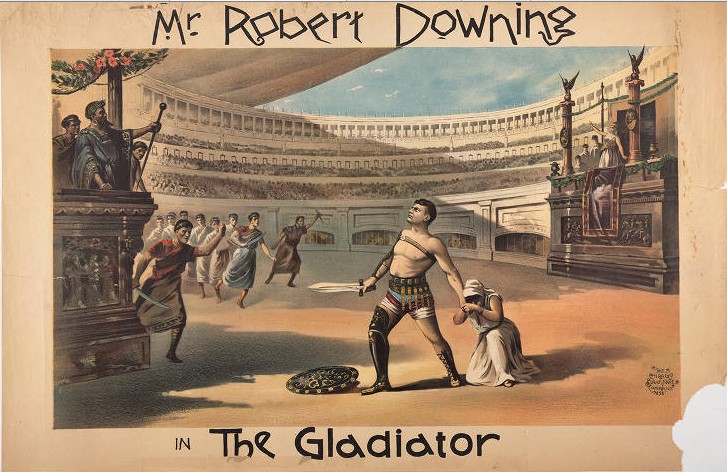




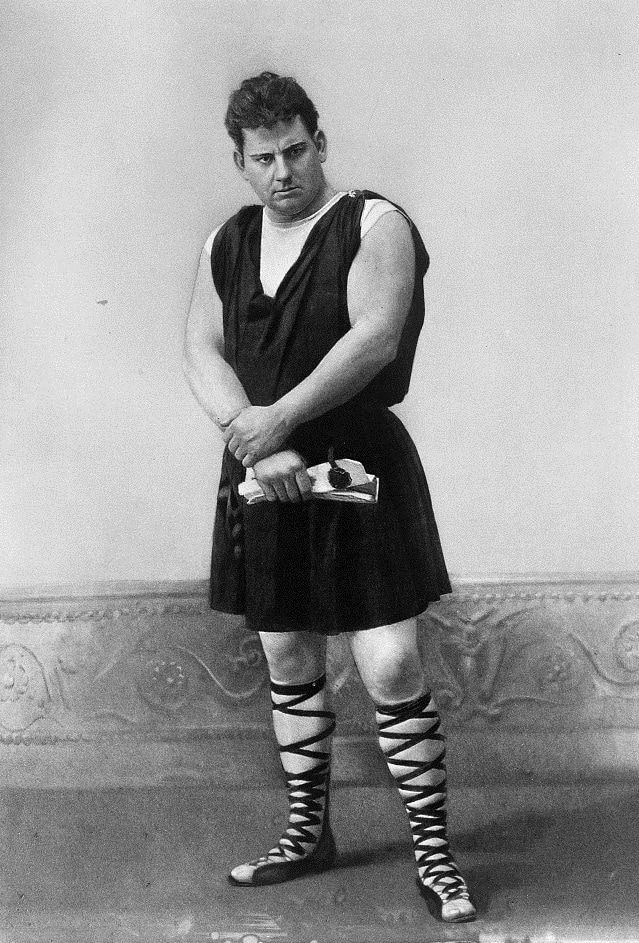


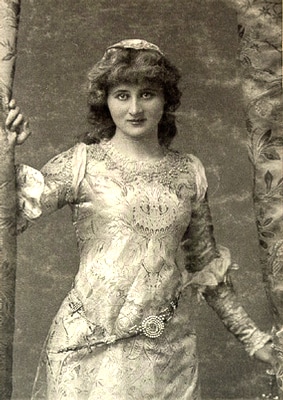



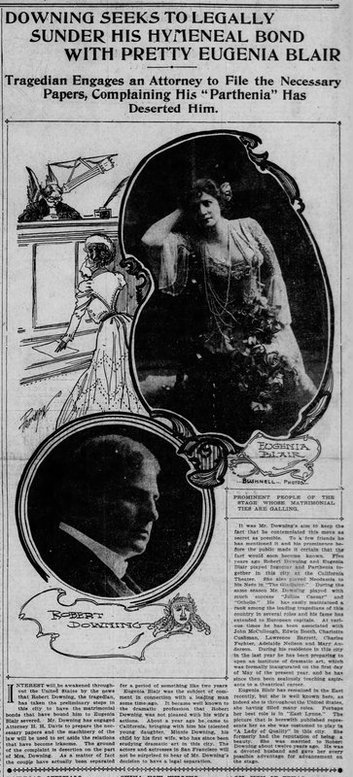
















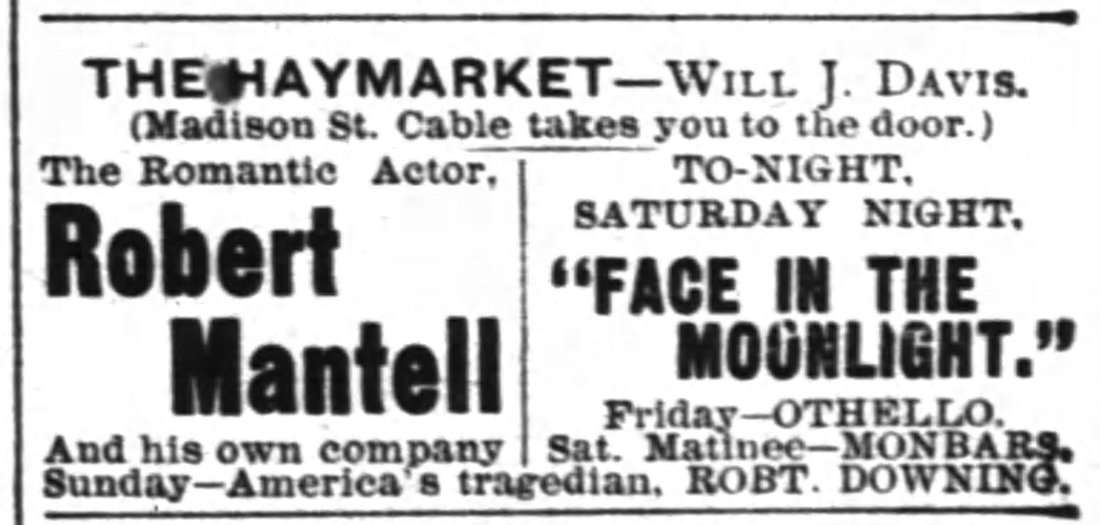

 RSS Feed
RSS Feed